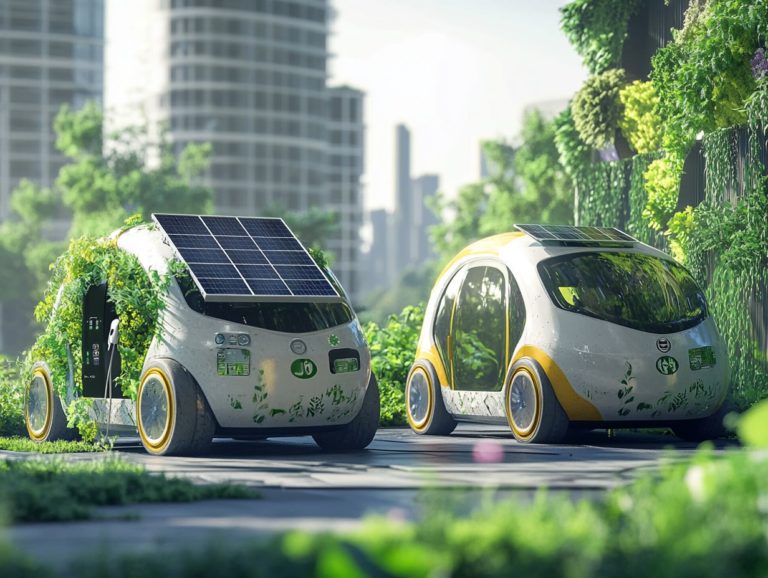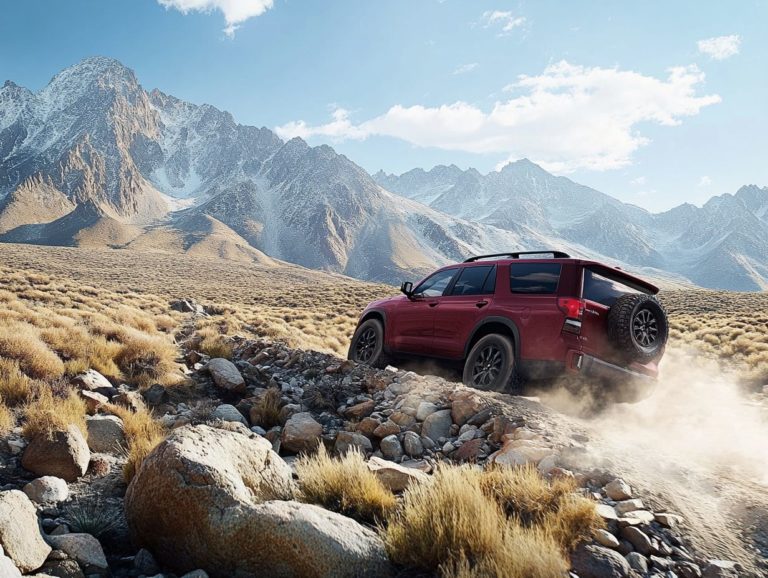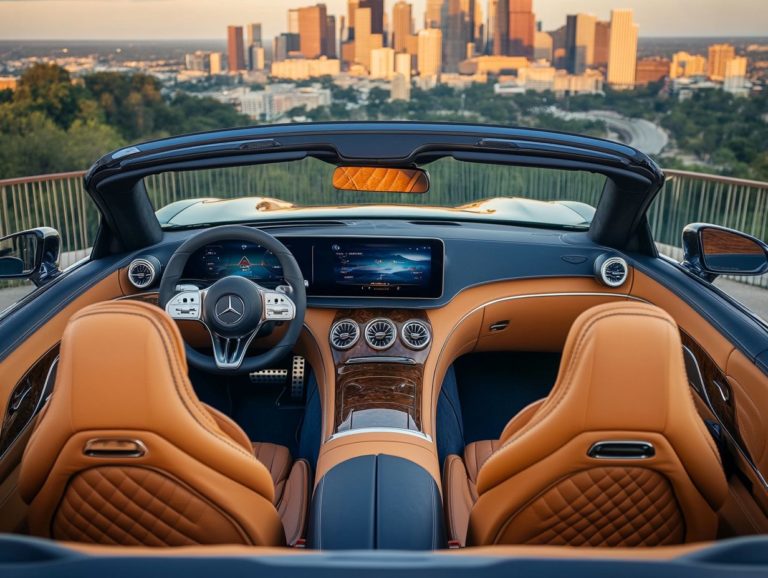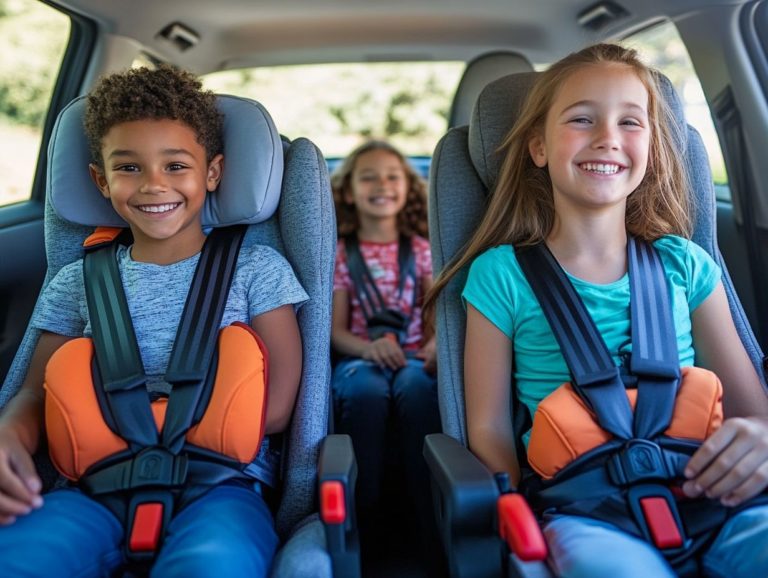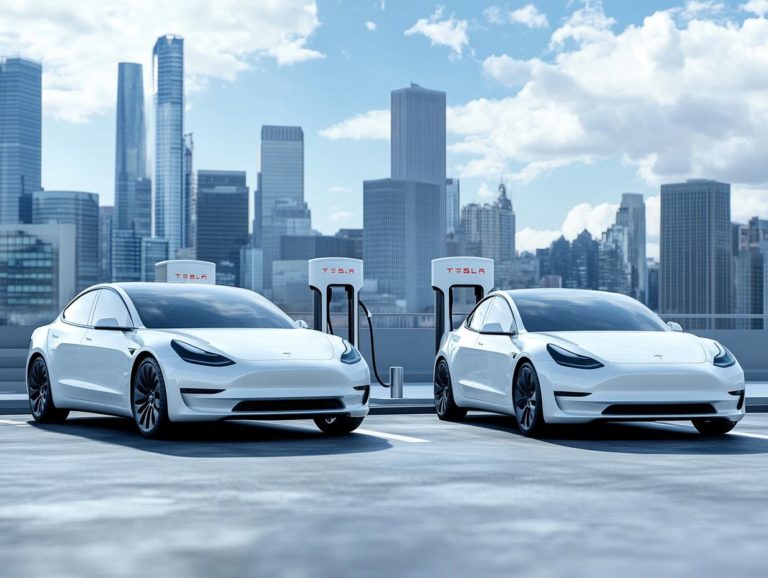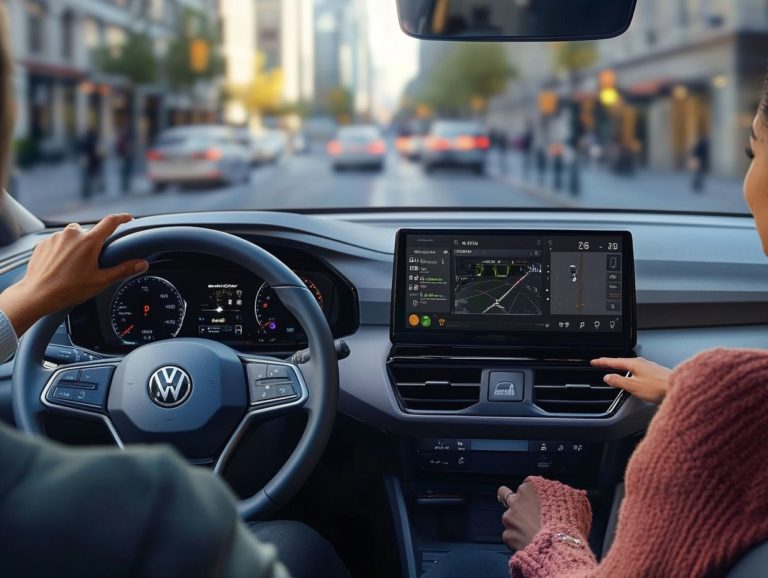Feature Comparison: Manual vs. Automatic
Choosing between manual and automatic features can greatly influence your experience, whether you’re improving your home, vehicle, or tech gadgets.
Each option has its unique benefits and challenges. This article explores the perks of manual features, which give you customization and control, compared to automatic features that provide efficiency and convenience.
We will discuss key factors like cost, maintenance, and personal preference to help you make an informed choice. Let s dive in and find the perfect fit for you!
Contents
- Key Takeaways:
- Benefits of Manual Features
- Benefits of Automatic Features
- Factors to Consider When Choosing Between Manual and Automatic
- Comparison of Manual and Automatic Features
- Frequently Asked Questions
- What is the difference between manual and automatic features?
- Which is better, manual or automatic features?
- Can manual features be converted to automatic features?
- Do automatic features always perform better than manual features?
- Are automatic features more expensive than manual features?
- Can manual and automatic features be used together?
Key Takeaways:
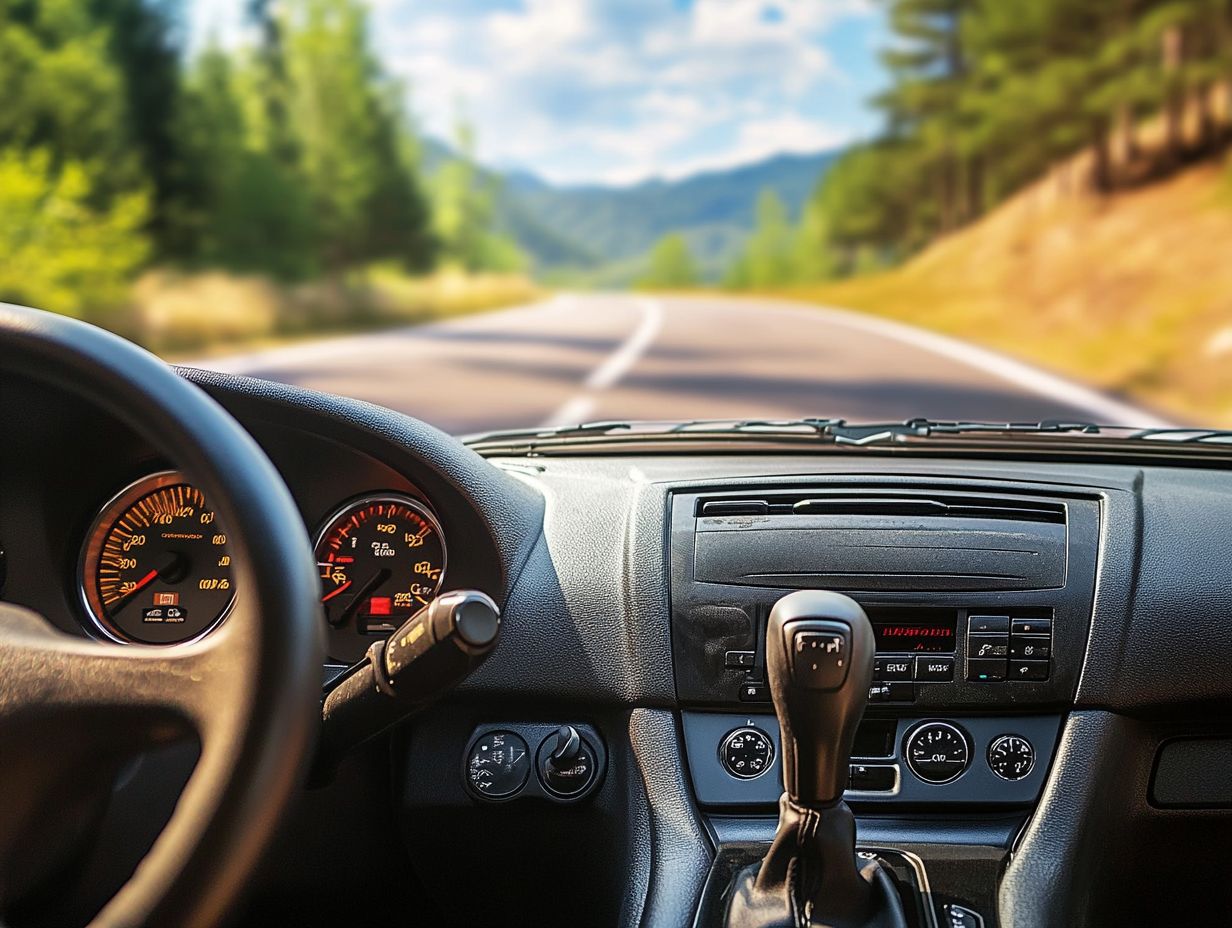
- Manual features offer greater customization and control, allowing for a more tailored experience.
- Automatic features provide efficiency and convenience, freeing up time for other tasks.
- When choosing between manual and automatic, consider factors such as cost, maintenance, and personal preference.
What are Manual and Automatic Features?
Manual and automatic features in vehicles represent two different driving philosophies, each carefully designed to improve your experience based on various conditions.
With manual transmission, you control the gears yourself, creating a closer connection to your vehicle s power. In contrast, automatic transmission makes driving simpler by changing gears for you, allowing you to focus more on the road.
Each system has its own set of pros and cons that can affect the efficiency and enjoyment of your drive, depending on traffic and conditions. If you prefer manual transmissions, you likely enjoy that hands-on control and the connection to your car s mechanics. There s excitement in mastering gear shifts, and skilled drivers may achieve better fuel efficiency by optimizing their shifting.
On the other hand, automatic transmissions excel in stop-and-go traffic, sparing you from constant gear changes and offering a smoother ride. Many find the convenience of automatics appealing, especially in urban areas where fuel efficiency can suffer from frequent acceleration and deceleration.
Ultimately, your choice between manual and automatic transmission reflects your personal preferences and driving habits, as well as the specific conditions where you will operate your vehicle.
Benefits of Manual Features
Manual features offer many advantages that appeal to both driving enthusiasts and practical consumers, especially in terms of control and fuel efficiency.
A manual transmission gives you a direct connection to your vehicle, enhancing your driving experience and allowing you to choose the best gear for different conditions.
This involvement improves performance and gives you a sense of control over the car. Additionally, manual vehicles usually come with lower purchase prices and reduced maintenance costs compared to automatics, making them appealing for those who value cost-effectiveness and reliability.
Customization and Control
Customization and control are key advantages of manual transmission systems, enabling you to tailor your driving experience to meet your preferences and the demands of your journey.
For example, when you navigate hilly terrain, shifting gears manually allows you to maintain optimal power without relying too heavily on engine braking.
In performance driving whether on a racetrack or enjoying a spirited drive on winding roads being able to shift down quickly can greatly improve how fast you go.
This transmission type also gives you the power to conserve fuel by choosing lower gears for city driving and higher gears on the highway, balancing performance and efficiency. Ultimately, the engagement of manual transmission turns an ordinary drive into an adventure, allowing you to connect more intimately with your vehicle.
Benefits of Automatic Features
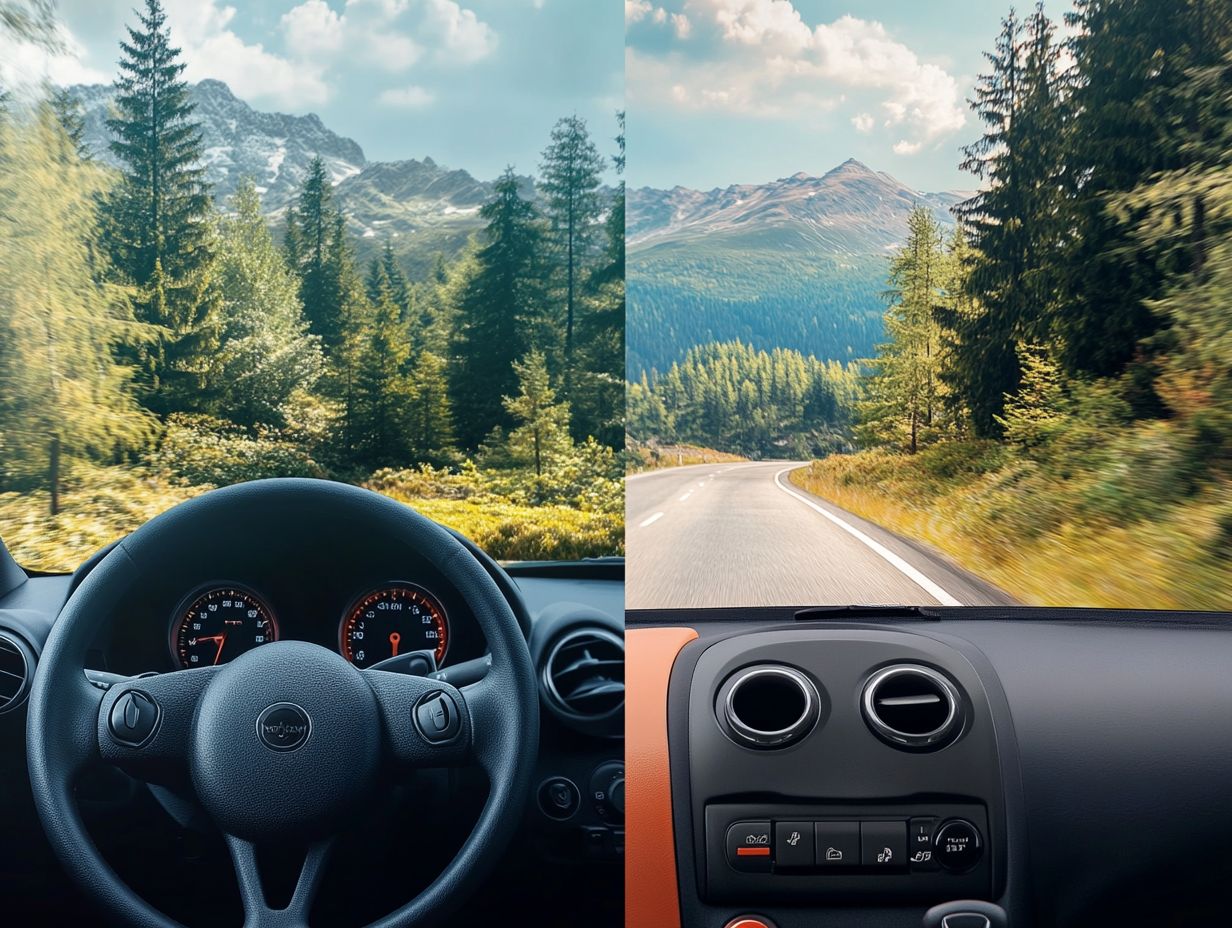
Automatic features have transformed how you interact with your vehicle. They offer a wealth of benefits that enhance both efficiency and convenience in today’s fast-paced environment.
With an automatic transmission system, you can say goodbye to manual gear changes. This allows you to focus fully on the road while navigating through traffic. This innovation elevates your driving comfort and optimizes your vehicle’s performance across various conditions. It’s an excellent choice for city driving or long journeys.
Advancements in automatic transmission technology have boosted safety, ensuring that modern vehicles are more reliable than ever.
Efficiency and Convenience
Efficiency and convenience define automatic transmission systems, offering a seamless driving experience especially in heavy traffic. With an automatic transmission, you don t have to worry about shifting gears, which lightens your physical load and optimizes fuel economy by selecting the right gear ratio for varying driving conditions.
This effortless transition enhances your comfort, allowing you to focus on navigation and safety without distractions. Ultimately, this contributes to lower emissions and a more enjoyable journey.
In stop-and-go situations, automatic transmissions excel, adeptly handling frequent accelerations and decelerations. This minimizes strain on the engine and boosts overall efficiency.
Such adaptability helps you achieve better fuel economy and ensures your vehicle remains environmentally friendly by reducing harmful emissions during operation.
Whether you’re navigating city streets or cruising along the highway, the smooth shifting capabilities of modern automatic systems provide a level of comfort that manual vehicles can’t match.
By relieving the stress of gear changes, you can enjoy a more relaxed driving experience, transforming each journey into a genuine pleasure.
Factors to Consider When Choosing Between Manual and Automatic
When deciding between manual and automatic transmissions, many factors affect your driving experience, performance, and ownership costs. This decision often depends on personal preference.
Some drivers enjoy the engagement and control of manual transmissions. Others prefer the ease and convenience of automatic systems. It’s also essential to consider the financial aspects, as costs and maintenance can differ significantly between the two.
Generally, manual vehicles are more affordable to purchase and maintain, while automatic transmissions may offer enhanced reliability, especially in urban driving conditions.
Cost, Maintenance, and Personal Preference
When weighing your choice between manual and automatic transmission systems, consider cost, maintenance, and your personal preferences. These factors directly influence your vehicle ownership experience.
Manual transmissions typically have lower purchase prices and more affordable repairs, making them tempting for budget-conscious drivers. Meanwhile, the convenience and reliability of automatic transmissions may attract you, especially if you prefer a more laid-back driving experience in busy urban traffic.
Your decision often reflects your unique driving habits and long-term aspirations. If you thrive on the tactile connection and control of a manual transmission, direct engagement with the vehicle can elevate your driving experience. Conversely, if ease of use and adaptability to various driving conditions are important, automatic options can simplify your driving and minimize fatigue during long commutes.
Ultimately, finding the right balance between cost considerations and maintenance intricacies is crucial. This thoughtful approach will lead you to a choice that aligns with your practical needs and personal inclinations.
Explore both types of transmissions today to find the best fit for your lifestyle!
Comparison of Manual and Automatic Features
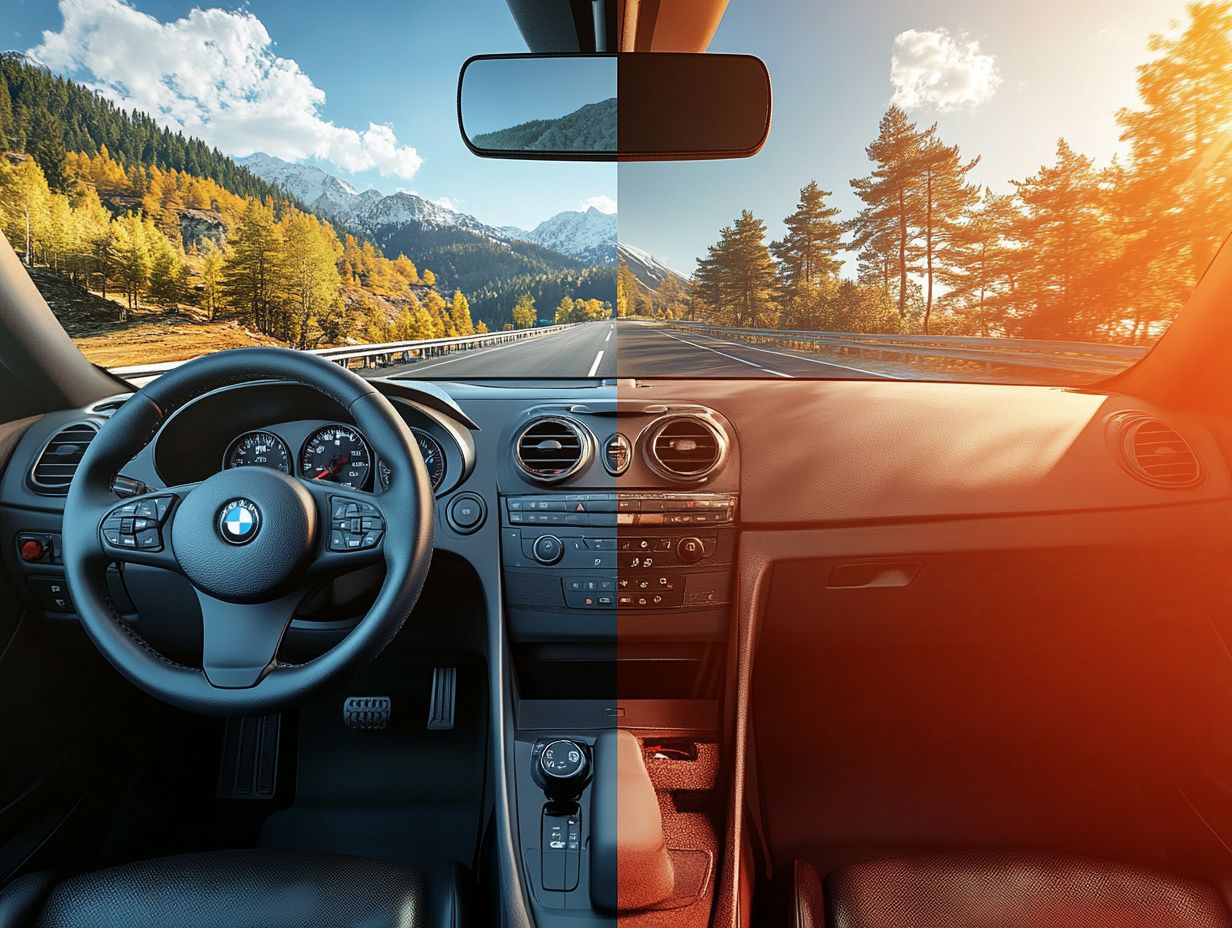
When comparing manual and automatic features, there are several key considerations that can significantly shape your choice. This is especially true in terms of performance, fuel economy, and safety.
Manual transmission systems offer unique benefits in driver engagement and control. However, they can demand more effort, particularly in heavy traffic.
In contrast, automatic transmissions excel in ease of use, enhancing safety and comfort especially for less experienced drivers navigating intricate traffic situations.
By carefully evaluating the specific features, advantages, and disadvantages of each system, you can make informed decisions that truly align with your needs and preferences.
Side-by-Side Analysis of Common Features
A side-by-side analysis of common features between manual and automatic transmission systems reveals valuable insights into their distinct advantages. This analysis impacts your driving experience and performance.
When you opt for a manual transmission, you gain the opportunity for better fuel efficiency. This is especially true if you have the skills to optimize gear selection according to real-time driving conditions.
On the other hand, automatic transmissions shine in terms of convenience. They offer seamless transitions between gears, which can significantly enhance your comfort, particularly in stop-and-go traffic situations.
In challenging environments, such as hilly terrain or inclement weather, your choice of transmission can profoundly influence handling and control.
A manual transmission may grant you increased control over power delivery. This allows for superior performance while navigating steep climbs or winding roads.
Conversely, automatic transmissions come equipped with smart shifting that adjusts shifting patterns in response to varying loads and inclines. This provides you with a more relaxed and effortless drive.
This contrast underscores how choosing between manual and automatic can tailor your driving experience, enhancing your journey no matter the setting.
Frequently Asked Questions
What is the difference between manual and automatic features?
Manual features require human intervention, while automatic features operate independently without any human input.
Which is better, manual or automatic features?
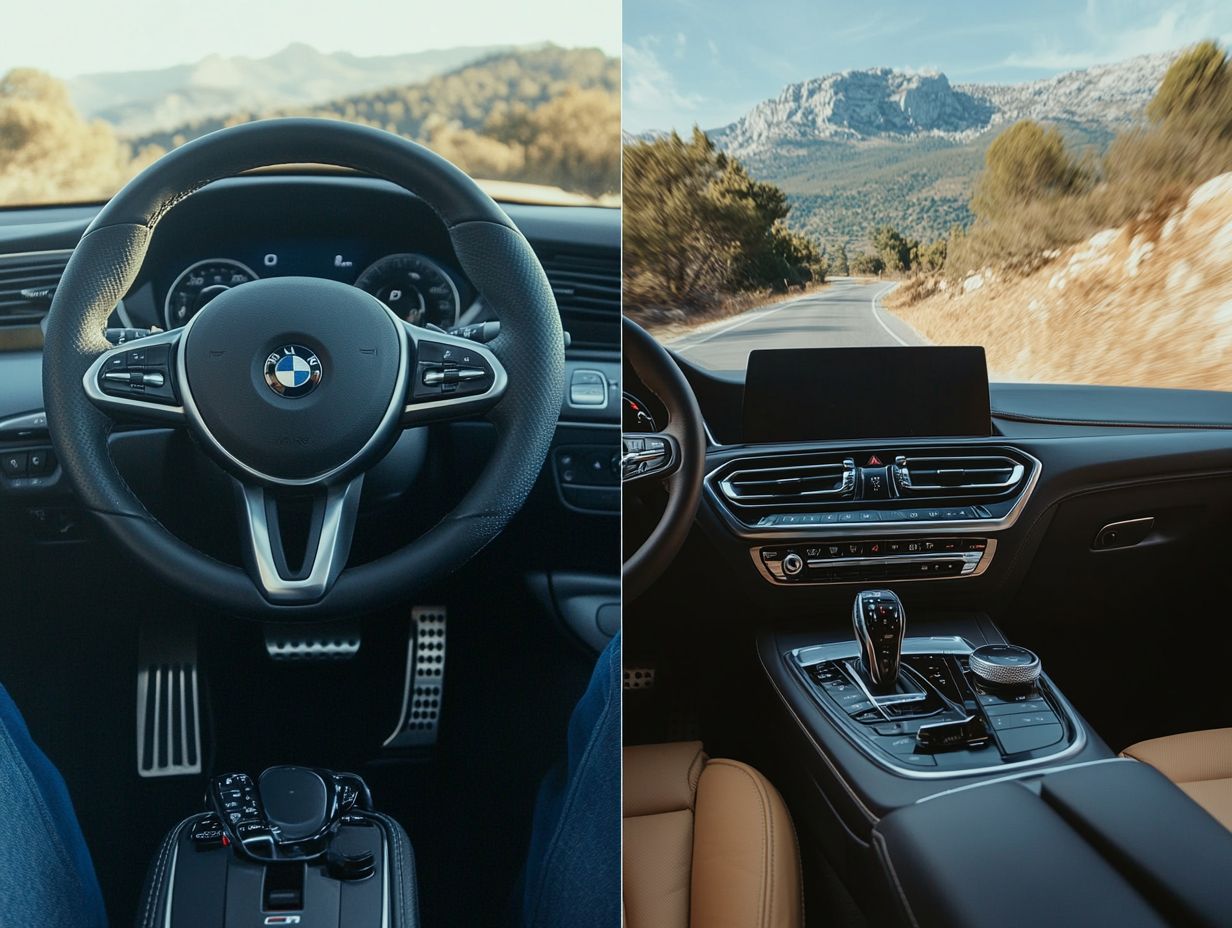
It largely depends on the specific task and personal preference. Some people may find manual features more reliable and customizable, while others may prefer the convenience and efficiency of automatic features!
Can manual features be converted to automatic features?
Yes! In some cases, manual features can be automated using technology, but this can take extra time and resources.
Do automatic features always perform better than manual features?
Not necessarily! Some tasks require human decision-making and cannot be fully automated, so manual features may perform better. It also depends on the quality and accuracy of the automatic feature.
Are automatic features more expensive than manual features?
In most cases, yes! Automatic features often require advanced technology and equipment, which can be more costly than manual features relying on human labor.
Can manual and automatic features be used together?
Yes! Some tasks may require a combination of manual and automatic features for optimal results. For example, a manual review may be needed to double-check the accuracy of an automatic feature’s output.
Consider your preferences and driving needs as you decide between manual and automatic features!

